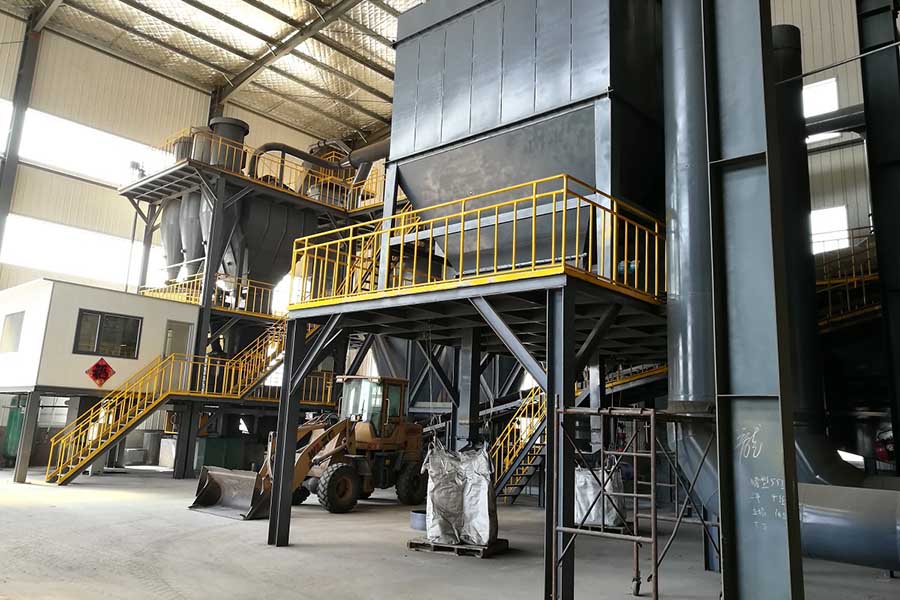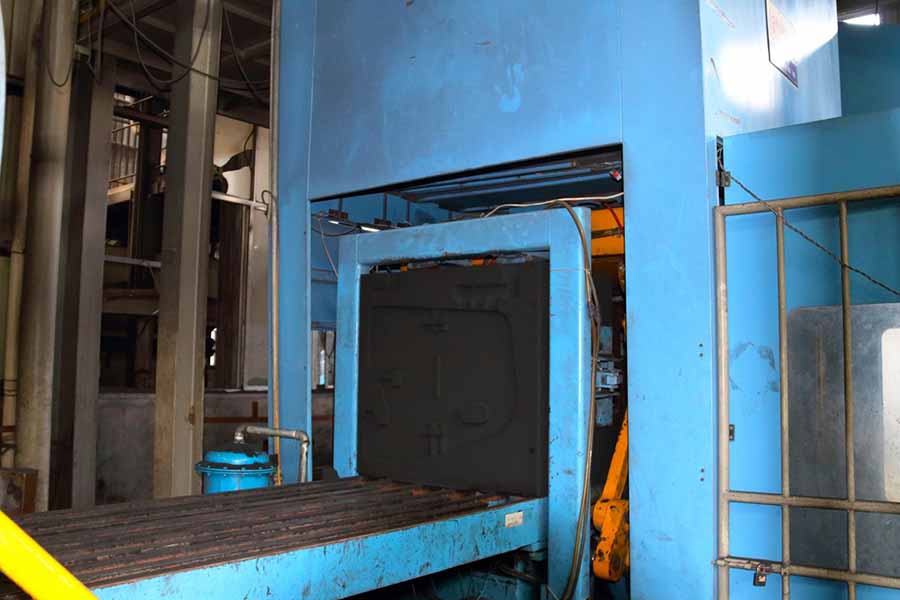The metal casting industry has always tried to balance both technical and commercial needs, maintaining engineering capabilities, ensuring efficient operations and protecting business profitability. Commerce at its root has not changed. What is changing is the way that commerce is carried out. There is a tremendous decentralization underway. Casting clients are outsourcing responsibilities and globalizing more and more. As such, the technical requirements and breadth of responsibility placed on metal casters have become even more demanding. This places additional requirements on our engineering resources and challenges us to think about new ways to shorten lead times, reduce total costs, and technically interact with clients effectively.
The pace of change in today's marketplace is so rapid that time-to-market has to be the overriding priority. All too often metal casters feel forced to compromise on innovative ideas or approaches because it is believed there simply isn't enough time. With rapidly evolving CAE technologies including comprehensive casting process simulation, automatic casting process optimization, and new computer based component design tools it is possible for metal casters and designers to work together, concurrently, to optimize component design and casting process parameters. Through these engineering efforts metal casters can assure the sustainability and growth of their businesses while maintaining a sizable technical edge over competition.
Optimized component designs and casting processes using new engineering tools are achieved in concert with strong interactions from casting engineers and designers. This integration and human collaboration is critical for the successful speed-up of the design-process chain. Designers need strong support by casting experts to be able to take full advantage of casting performance, concerning its design and properties. Quantitative results about casting performance provided by casting process simulation help designers to understand the impact of the process on the performance of castings use.
The steadily increasing computer performance is another driving force for the application of CAE tools in casting development. As we look into the near future, the potential of computational process optimization is shown. Instead of time consuming trial and error on the shop floor, foundry men will use computer tools for an automatic optimization of casting lay-outs or process conditions.
Substitution of processes and materials in automotive and mechanical engineering industries has become a standard routine during design of new components. This is a growing challenge for the classical construction material cast iron. Foundries have responded to this threat to their original markets using alloys with improved material performance and with new processes allowing them to cast reliable parts, which were not thinkable 10 years ago.

Making cast iron, ductile iron, compacted graphite iron or even austempered ductile iron to meet today’s specifications requires a profound understanding of the material and the process robustness. Here, casting process simulation has been extremely instrumental. During the recent decade the technology of simulating the casting process and predicting the resulting material properties has been helpful in two ways: Firstly, making the mold as a black box transparent for the foundry specialist helps him to understand the causes of possible problems prior to the first casting. Secondly, developing virtual simulation tools for the casting process requires a profound and quantitative understanding of the impacts of physics, metallurgy and chemistry as such. This has changed the empirically driven process substantially into first principle based and reliable manufacturing process.
For many cast iron foundries, casting process simulation has become a daily standard tool to assess gating and risering and predict feeding. It has become an instrument in quality systems and process optimization. State-of-the-art simulation tools consider the special material behavior of cast irons with respect to its alloy composition, melting practice and metallurgy.
The biggest benefit ofthe casting process is its ability to perform many tasks at the same time. However,it is also its biggest drawback as many process parameters are linked to each other and have to be considered simultaneously.
The current development efforts go far beyond the evaluation of casting and solidification. One focus is related to the prediction of complex defects resulting from an interaction of metallurgy and process. A second development aspect is focused on the modeling and prediction of the entire manufacturing route. All that is required to get to the ultimate goal of casting process simulation: the prediction of local casting properties to assess the component’s design, the entire technology and its economic impact on the profitability of cast iron castings.
Pre-conditions for a successful use of casting process simulation for cast iron
The melting and metallurgical practice applied have a decisive impact on the casting integrity. This is especially true for cast iron components, in which the metallurgical processing is decisive for the ultimate casting structures and properties. Only if casting process simulation is capable of considering the impact of alloying and metallurgy, can casting structures be predicted locally.
The support of the feeding related layout of the casting is still one of the most important duties for casting process simulation. Depending on the alloy poured, different feeding behaviors and self-feeding capabilities need to be considered to provide a defect free casting. Therefore, it is not enough to base the prediction of shrinkage defects solely on hot spots derived from temperature fields but also to be able to quantitatively predict them. Solidification simulation had to be combined with density and mass transport calculations in order to evaluate the impact of the solidification morphology on the feeding behavior, as well as to consider alloy dependent feeding ranges. This is accomplished through the description of temperature dependent thermo-physical properties.
The special feeding behavior of cast iron and the strong dependency of its solidification behavior on the metallurgy mean that a macroscopic hot spot prediction is not sufficient to assess the methoding of iron castings. In ductile iron, big hot spots mostly result in a perfect precipitation of the graphite and hence in a sound casting. On the other hand, small hot spots occurring early during solidification may lead to strong shrinkage due to austenite contraction and suppression of graphite.

To be able to predict the soundness of cast iron based on the real local shrinkage and expansion of the casting the program has to be capable of considering the kinetics of the phases being formed during the entire solidification path individually. For cast iron this means taking into account the effects of all alloying components and additionally the inoculation and melting practice and metallurgy applied.
Every foundry specialist makes use of inoculation and alloy composition to avoid chill effects or eutectic cementite. These influences are superimposed by the local cooling conditions. A pure simulation of macroscopic heat flow can not take this coupled interaction into account. Therefore, so called microstructure models, which predict the amount of new phases based on the above described interactions for any location within the casting at any time, are applied.
The different capabilities of both models are best evaluated using “simulated” cooling curves. Whereas in macroscopic thermal models the material (thermo-physical) properties are fixed for the used alloy, in a micromodel these properties are determined at each time step and for every point as a function of the current phase formation. This influences the release of latent heat and finally the shape of local cooling curves Fig.
 русский
русский




